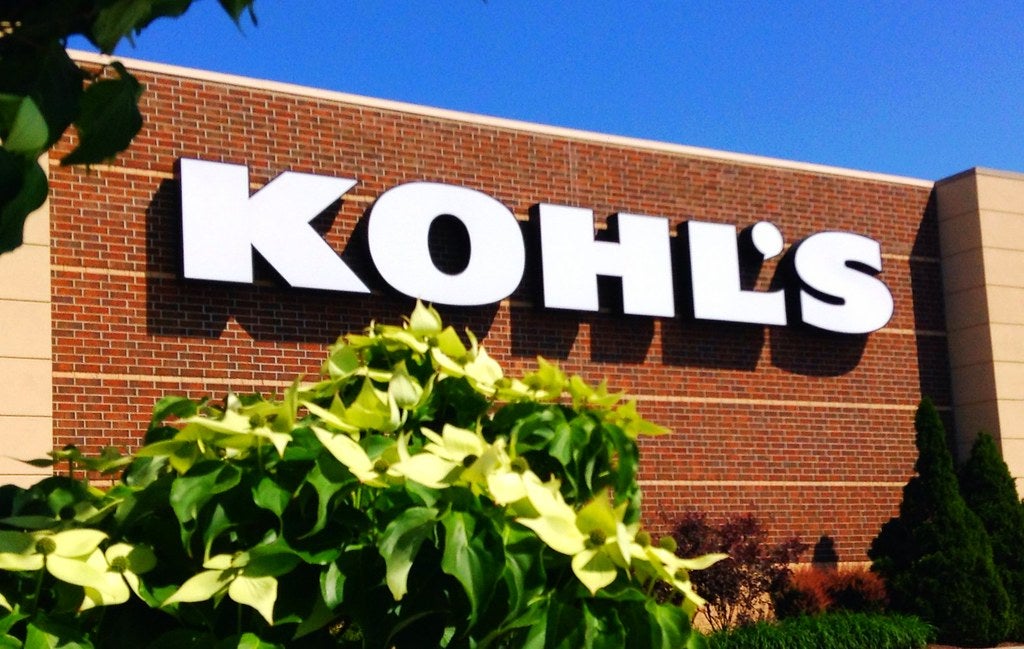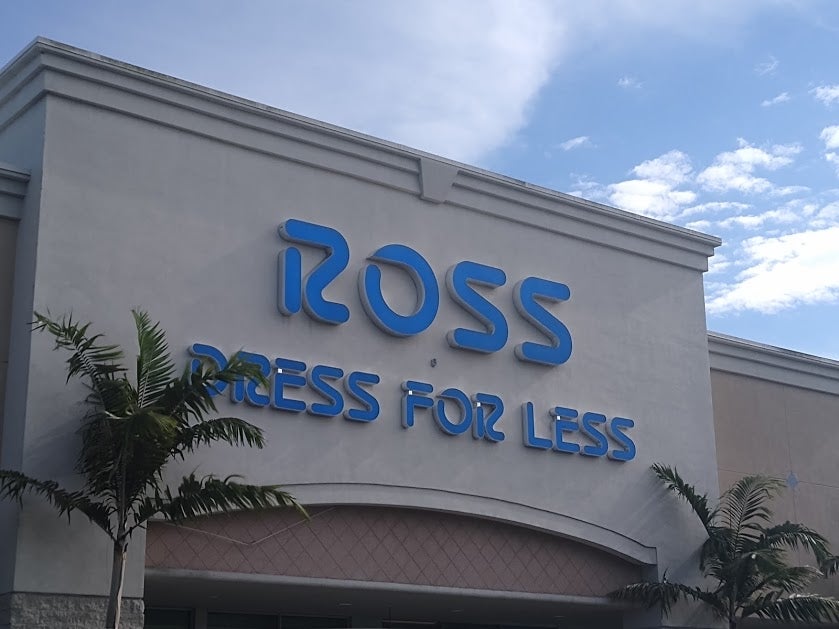Benzinga’s weekly Stock Wars matches up two leaders in a major industry sector with the goal of determining which company is the better investment.
This week, the duel is between two leading department store chains: Kohl’s Corporation KSS and Ross Stores Inc. ROST.
The Case For Kohl’s: Wisconsin grocer Maxwell Kohl operated a chain of supermarkets called Kohl’s Food Stores before branching into the department store sector in 1962 with a venue in suburban Wisconsin. The company simultaneously pursued the department store and supermarket industries, ultimately selling off the latter in 1983 to A&P.
Kohl’s has been publicly traded since 1992. Today, the company operates more than 1,160 stores in 49 states with Hawaii as the sole market it has yet to crack.

This year, Kohl’s leadership has found itself in the unusual position of fending off different efforts by activist investors to dictate its corporate direction. In February and March, a group of activist investors who controlled a 9.5% stake in the retailer sought to pack the 12-person board of directors with its nine candidates who adhered to their belief on how to run a department store chain. Only two of the activist investors’ nominees wound up being named to the board.
This month, another activist investor — the hedge fund Engine Capital — made the unsolicited suggestion that Kohl’s should either sell itself or sell off its e-commerce operations. As with the earlier effort, Kohl’s corporate leadership is not eagerly embracing this unwanted piece of advice.
In its most recent earnings report, the third-quarter data published Nov. 18, Kohl’s recorded total revenue of $4.6 billion, up from $3.9 billion one year earlier, with quarterly net sales up 15.5% versus the 13.3% decline during the pandemic-era third-quarter 2020.
The company’s adjusted net income of $243 million was a marked improvement from the previous year’s $2 million while its adjusted earnings per share of $1.65 was far removed from the one-cent level from 12 months earlier.
Looking forward to full-year 2021, Kohl’s adjusted its guidance with projected net sales increasing to the mid-20% range from the previous expectation of low-20% range increase, an operating margin of 8.4% to 8.5% versus the earlier announced 7.4% to 7.6%, and adjusted EPS ranging $7.10 to $7.30 versus the previously predicted $5.80 to $6.10.
“During the quarter, we drove accelerated growth in Active and successfully launched several new brand partnerships, including the initial rollout of 200 Sephora at Kohl’s stores, which are off to a great start,” said CEO Michelle Gass. “All of the pieces of our strategy are coming together and we remain incredibly confident in the future of our business.”
Kohl’s shares opened for trading on Wednesday at $52.18, sandwiched between its 52-week range of $36.78 to $64.80.
Related Link: The complete Stock Wars series
The Case For Ross Stores: Morris Ross opened his Ross Department Store in 1950 in San Bruno, California, but sold it eight years later to pursue a new career in real estate development. The new owner, William Isackson, kept Ross’ name and expanded the business to five additional stores, all in California. The chain was acquired by an investors group in 1982 and its focus was shifted to off-price retail with low- and moderate-income households as the target shoppers.
Ross Stores became publicly traded in 1985. Today, the company operates the Ross Dress for Less and dd’s DISCOUNTS stores, with 1,924 locations in 40 states, the District of Columbia and Guam.

Among its most recent corporate developments, the company reached its FY21 target of opening 65 new stores, with a wave of 28 new locations in 15 states during September and October. Gregg McGillis, group executive vice president for property development, predicted the company will grow “to at least 2,400 Ross Dress for Less and 600 dd's DISCOUNTS locations over time.”
In its most recent earnings report, the third-quarter data published Nov. 18, Ross Stores recorded sales of $4.5 billion, up from $3.5 billion one year earlier. The company reports full-year rather than quarterly revenues, with fiscal 2020 revenues of $12.5 billion.
The company’s net income of $385 million was up from the $131 million achieved in the previous year, and its diluted EPS of $1.09 was greater than the 37 cents generated 12 months before.
CEO Barbara Rentler was cautiously optimistic over the company’s near-term goals.
“While we are encouraged by the ongoing strength of consumer demand, there remains significant uncertainty related to the worsening industry-wide supply chain congestion as we enter the important holiday season,” she said. “As a result, and while we hope to do better, we are projecting fourth-quarter comparable-store sales gains of 7% to 9% and earnings per share in the range of 83 cents to 93 cents.
“Based on our year-to-date results and our updated fourth-quarter guidance,” she added, “we are now planning earnings per share for fiscal 2021 to be in the range of $4.65 to $4.75 on a comparable store sales gain of 12% to 13%.”
Ross Stores’ shares opened for trading on Wednesday at $113.10, closer to the lower side of its 52-week range of $104.79 to $134.22.
The Verdict: This has certainly been a peculiar year for Kohl’s — one activist investor revolt is bad enough, but two within nine months of each other?
Ross Stores, which prides itself as an S&P 500, Fortune 500 and Nasdaq 100 company, is ending 2021 with the dilemma of supply chain disruptions impacting its inventory and rising inflation affecting the low- and moderate-income shoppers who rely on its selections. Obviously, there is no such thing as a permanent crisis and the current problems will eventually pass. Still, Rentler deserves kudos for warning investors of the rocky road ahead — and the fact the company is able to keep opening new stores in these challenging times is admirable.
Oddly, Rentler’s chief executive counterpart at Kohl’s didn’t acknowledge how current economic hiccups could shake up its operations. Both challenges by its activist investors accused the company’s leadership of being tin-eared to the problems facing retail in general and Kohl’s in particular — and one has to wonder whether there are kernels of truth for that concern.
In this Stock Wars duel, Ross Stores comes out as the stronger of the two. There is no reason to believe Ross Stores will not weather the choppy economic situation, and moving into 2022 this company will continue to be an intriguing and attractive potential investment.
Photos: Top photo by Henri Rotterman / Pixabay; Kohl's photo by Mike Mozart / Flickr Creative Commons; Ross Stores photo by Thelectriczombie / Wikimedia Commons.
Edge Rankings
Price Trend
© 2025 Benzinga.com. Benzinga does not provide investment advice. All rights reserved.
Trade confidently with insights and alerts from analyst ratings, free reports and breaking news that affects the stocks you care about.